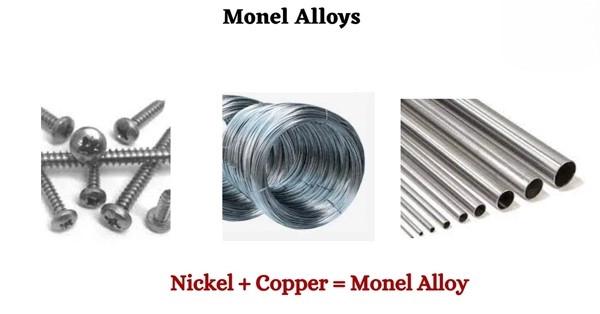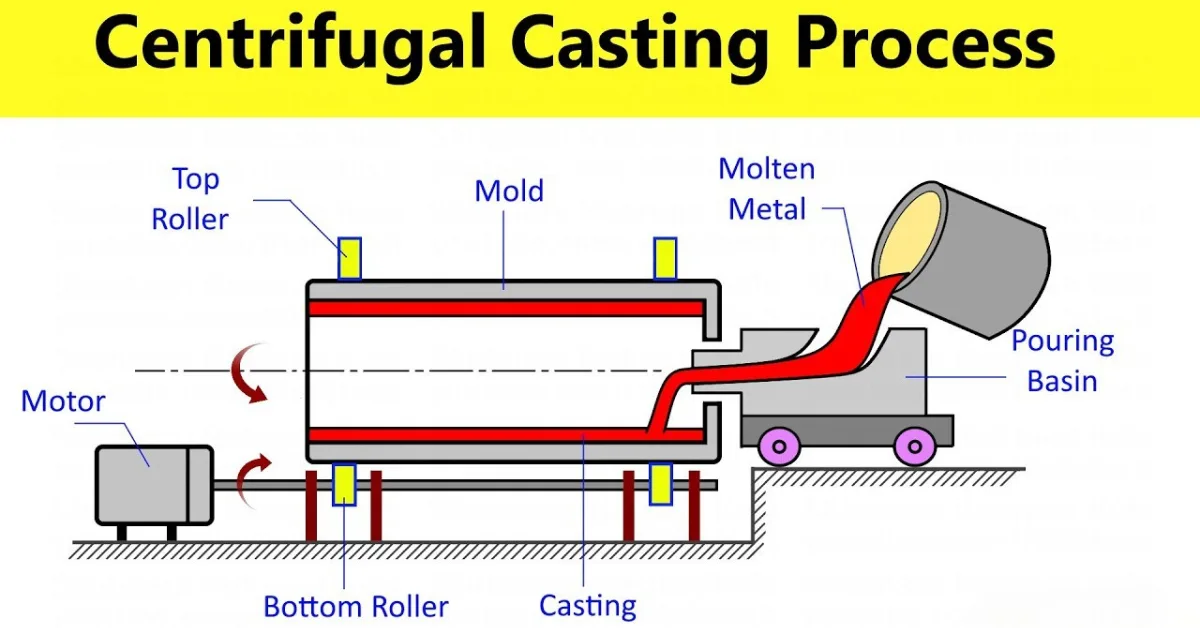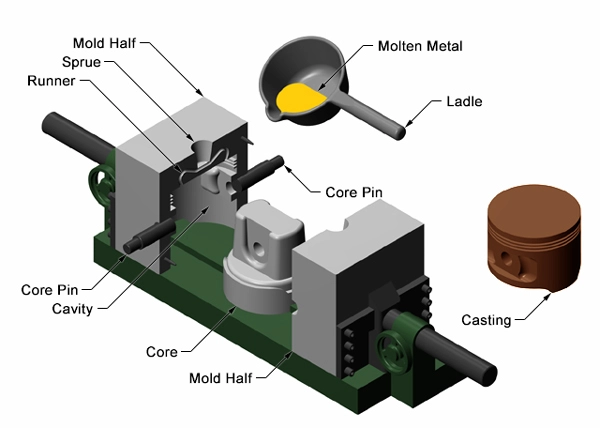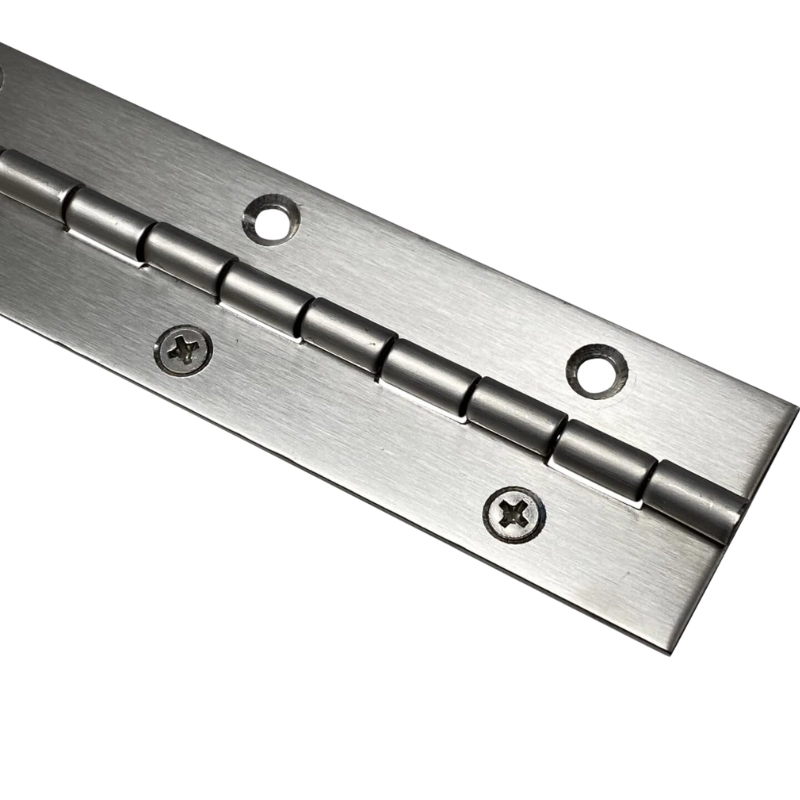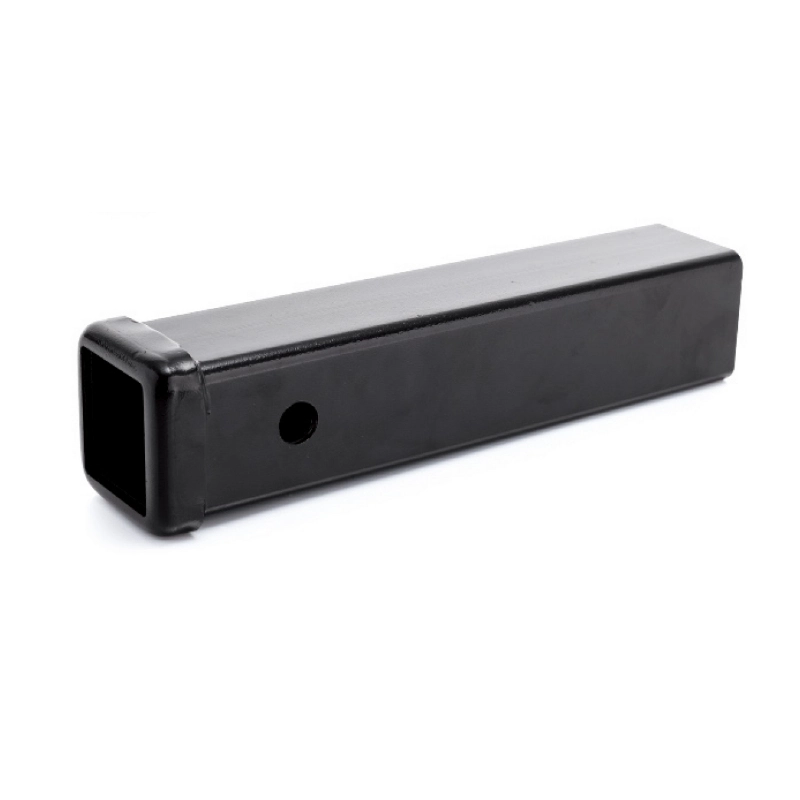Предел текучести — это фундаментальное свойство стали, которое определяет напряжение, при котором материал начинает пластически деформироваться. Эта характеристика имеет решающее значение в процессах проектирования конструкций, производства и выбора материалов. Понимание предела текучести позволяет инженерам и конструкторам обеспечивать безопасность, долговечность и эффективность в различных областях применения — от строительства до автомобилестроения.
В этой статье рассматривается понятие предела текучести стали, факторы, влияющие на предел текучести стали, методы измерения и их применение в различных отраслях промышленности.
Объяснение предела текучести
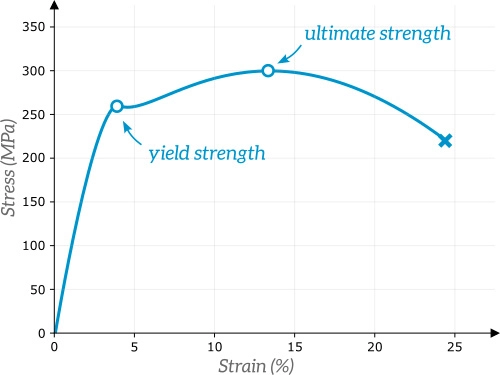
Предел текучести — это уровень напряжения, при котором материал подвергается постоянной деформации без разрушения. Ниже этого предела сталь ведет себя эластично, то есть она может вернуться к своей первоначальной форме после снятия нагрузки. Однако вам нужно понимать, что эта эластичность не то же самое, что испытывается в случае пластика или других неметаллов. В то время как за пределом текучести сталь, или, если на то пошло, все материалы испытывают пластическую деформацию, что приводит к постоянным изменениям формы.
В инженерном смысле предел текучести выражается в мегапаскалях (МПа) Единица СИ или фунты на квадратный дюйм (пси) Имперская единица, в зависимости от предпочтений использования. Предел текучести является критическим параметром при определении несущей способности стальных конструкций и компонентов.
Какие факторы влияют на предел текучести стали
Есть несколько Факторы, влияющие на предел текучести стали, такие как химический состав, термическая обработка, микроструктура, упрочнение и температура. Каждый из этих факторов играет важную роль в определении того, как сталь ведет себя под нагрузкой, и влияет на ее общие механические свойства.
- Химический состав является основным фактором, определяющим предел текучести стали. Наличие различных легирующих элементов влияет как на прочность, так и на пластичность. Углерод повышает прочность, но снижает пластичность, в то время как марганец повышает твердость и прочность, одновременно улучшая обрабатываемость. Кремний укрепляет сталь, но может сделать ее хрупкой в больших количествах. Такие элементы, как никель и хром, улучшают прочность и коррозионную стойкость, в то время как ванадий и молибден измельчают структуру зерна и повышают прочность. Точное сочетание этих элементов определяет конечный механические свойства стали.
- Термическая обработка также играет решающую роль в изменении предела текучести стали путем изменения ее микроструктуры. Различные процессы термообработки могут либо увеличивать, либо уменьшать прочность. Например, Отжиг смягчает сталь и снижает его предел текучести, делая его более пластичным и обрабатываемым. С другой стороны, закалка и отпуск измельчают структуру зерна, значительно повышая как твердость, так и предел текучести.
- Микроструктура относится к внутреннему расположению зерен стали, на которое влияют производственные процессы. Размер и распределение зерен напрямую влияют на предел текучести, с мелкозернистые стали, демонстрирующие более высокую прочность по сравнению с крупнозернистыми сталями. Контролируя скорость охлаждения и методы обработки, производители могут оптимизировать микроструктуру для достижения желаемых механических свойств.
- Деформационное упрочнение (упрочнение деформацией) — еще один метод, используемый для повышения предела текучести путем введения дислокаций в кристаллическую структуру стали. Холодные процессы обработки, такие как прокатка, ковка и волочение, подвергают сталь пластической деформации, увеличивая ее прочность.
- Температура играет важную роль в определении предела текучести. При более высоких температурах сталь становится мягче и пластичнее, что приводит к снижению предела текучести. И наоборот, при более низких температурах сталь имеет тенденцию становиться хрупкой, что может повлиять на ее эксплуатационные характеристики под нагрузкой.
Измерение предела текучести

Предел текучести стали определяется посредством стандартизированных механических испытаний, при этом испытание на растяжение (ASTM E8 / ИСО 6892) будучи основным методом. В этом испытании стальной образец подвергается одноосному растяжению до тех пор, пока он не начнет течь и не сломается, создавая кривую напряжение-деформация, которая определяет Точка текучести (для материалов с выраженным выходом) и 0.2% Смещение предела текучести (для материалов без четкого предела текучести). Испытания на твердость такие как Бринелль, Роквелл и Виккерс не измеряют предел текучести напрямую, а дают оценки, основанные на эмпирических корреляциях. Кроме того, испытания на удар и усталость оценить устойчивость стали к ударным и циклическим нагрузкам, косвенно связанную с пределом текучести, особенно в условиях высокой прочности.
Каковы области применения предела текучести стали?
Высокопрочная сталь необходима в различных отраслях промышленности из-за ее прочности и несущей способности. В строительной промышленности и проектировании конструкций, обеспечивает безопасность и долговечность зданий, мостов и инфраструктуры, с такими распространенными классами, как ASTM А36 (250 МПа) и ASTM A992 (345 МПа). Автомобильная промышленность использует высокопрочный низколегированный (HSLA) и усовершенствованная высокопрочная сталь (AHSS) для повышения ударопрочности при снижении веса транспортного средства. В аэрокосмической и оборонной промышленности, Высокопрочные стали обеспечивают прочность и устойчивость для самолетов и военных транспортных средств в экстремальных условиях. Кроме того, трубопроводы и морские сооружения полагаются на такие стали, как API 5L X70 и X80 выдерживать высокое давление и суровые условия.
Сравнение предела текучести различных типов стали
| Тип стали | Предел текучести (МПа) |
| Мягкая сталь (ASTM A36) | 250 |
| Высокопрочный Низколегированный | 300-500 |
| Нержавеющая сталь (304) | 200-350 |
| Инструментальная сталь (D2) | 500-700 |
| Усовершенствованная высокопрочная сталь (AHSS) | 600-1500 |
Вывод
Предел текучести является критическим свойством, которое определяет производительность и надежность стали в различных применениях. Понимание факторов, которые влияют на предел текучести, и методов, используемых для его измерения, позволяет инженерам выбирать правильную сталь для своих конкретных нужд. Поэтому понимание предела текучести стали имеет решающее значение для точного применения.
Узнайте больше из наших сообщений в блоге.
Недавние Посты
Узнайте больше о нашей продукции
Продукты HDC
Мгновенная цена!

